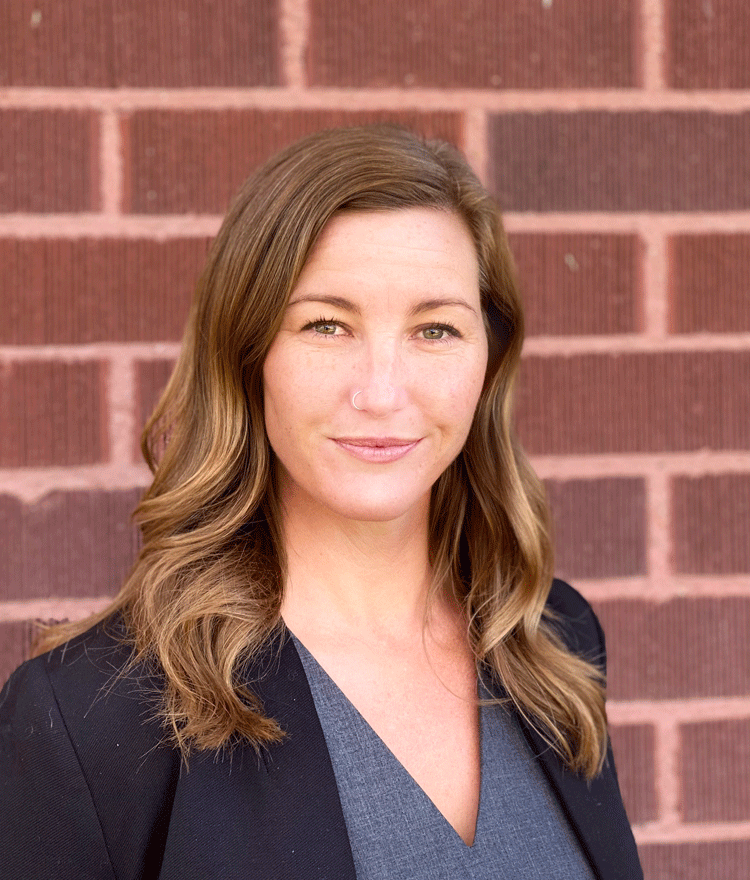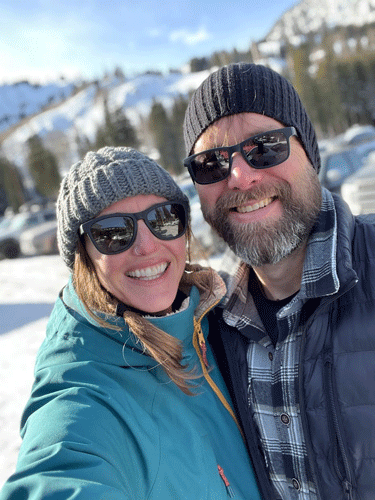Faculty Feature: Melissa Parks

We're excited to welcome Melissa Parks to our affiliated faculty! Melissa is a newly appointed Assistant Professor in the Department of Communication and the Environmental Humanities Program at the University of Utah. She is also an Associate Director of the University’s Taft-Nicholson Center for Environmental Humanities Education in Centennial Valley, Montana. Grounded in the transdisciplinary area of Science, Health, Environmental, and Risk (SHER) Communication, her research employs rhetorical and pedagogical lenses to explore public engagement with advocacy and activism, particularly in contexts of environmental conservation. As a teacher-scholar and field educator, Melissa enjoys collaboratively and creatively designing and facilitating diverse, place-based educational programming in support of students, teachers, artists, and scientists. Below are Melissa's written responses to questions about her new position.
Congratulations on your new position! What are you most looking forward to?
Thanks! As a former University of Utah graduate student and associate instructor, it really feels like I am coming back home! I’m really looking forward to supporting University of Utah students in the pursuit of their educational and career goals, and I’m excited that I will be able to do so through interactive, creative, and often field-based contexts. I think it’s important for students to be able to apply their studies in their everyday lives, and this special position is going to allow me to facilitate that process through participatory, praxis-oriented, and place-based courses across several College of Humanities programs.
What drew you to the Environmental Humanities?
As an environmental scholar, I recognize the urgent need for blurring disciplinary boundaries. No one field of study can solve the environmental crises we face. Instead, we need to be working together to increase awareness, engagement, and quality education; critically defend against misinformation; and seek out innovative solutions. As a highly interdisciplinary scholarly arena, EH fosters collaboration rather than division. It also values every kind of engagement, and we really need enthusiastic and critical engagement in environmental issues from across the arts, humanities, social sciences, and physical sciences, now more than ever.
The EH Program at the University of Utah is especially outstanding in its true transdisciplinary structure and its support of applied student research. I have been incredibly impressed by the research and community programs conducted by EH students in recent years, and I feel very fortunate to be able to support the high-caliber work being done in the program.
What will your work at Taft-Nicholson Center entail? How will this build on your past work with the Center?
I have been a member of the education team at the Taft-Nicholson Center since 2018, but I am now going to be able to spend substantially more time at the Center each summer. I am especially looking forward to increasing my involvement in university outreach and educational programming, so I can collaboratively support the design and facilitation of new and returning classes at the Center. That means even more students taking advantage of this awesome campus! Plus, I’ll still be facilitating activities in the field for courses that come up to the Center—leading birding excursions, hikes, canoe trips, service projects, and other educational field trips through the amazing Centennial Valley and the Greater Yellowstone Ecosystem.

How may your new position increase connection between Communications, Environmental Humanities, and Taft-Nicholson Center?
The Department of Communication, the Environmental Humanities Program, and the Taft-Nicholson Center have long been highly cooperative, but I’m excited to further nurture those connections through this unique position. With dedicated time for each of the three programs, I will be able to seek out and highlight creative opportunities for increased collaboration and community building. My responsibilities with this position also include the implementation of some exciting educational opportunities for undergraduate students across these programs and others—stay tuned for more on that!
What was the focus of your PhD research, and how are you hoping to incorporate this into classes you teach for the Environmental Humanities Program?
In addition to the methodological and theoretical knowledge I bring into my classes, my research topics hinge on many themes that are core to the EH Program. Much of my scholarship focuses on the contemporary and historical communication practices of environmental advocacy groups, for instance, exploring the various ways they attempt to engage the non-expert public and foster activism in environmental contexts. A lot of long-standing American conservation groups have dark histories of deeply harmful ideologies, practices, and policies that they are just beginning to confront, so my area of research necessitates deep, critical examination of structural environmental and social injustices—and the ways they are perpetuated through our everyday communication. My research experiences in this arena help me to support students as they self-reflexively think through the complex intersections of ecology and justice, seeking out creative opportunities for social transformation.
What advice do you have for Environmental Humanities students?
Graduate programs are much more self-led than undergraduate programs, and they move much more quickly. Faculty also have much higher expectations for graduate students. This all means that EH students need to be organized, self-motivated, and self-directed. Take the initiative to create and maintain connections with faculty across campus and in the community right away as you explore options for your project. Set up a work schedule that you can stick to and find ways of holding yourself accountable. And, most importantly, don’t forget to enjoy the beautiful world around you. Utah is an amazing place to explore the Environmental Humanities!

Categories
Featured Posts
Tag Cloud
- community engagement (12)
- outdoor recreation (2)
- outreach (1)
- alumni (3)
- admissions (1)
- faculty (8)
- practitioner-in-residence (2)
- utah award in the environmental humanities (1)
- environmental justice (2)
- STEMCAP (2)
- STEM (2)
- water (1)
- communications (2)
- humanities (1)
- Taft-Nicholson Center (1)
- director (3)
- student (5)
- API (1)
- Asian American (1)
- Pacific Islander (1)
- graduation (1)
- research (3)
- thesis (1)
- project (1)
- Indigenous (1)
- Shoshone (1)
- Great Salt Lake (2)
- Bear River (1)
- land acknowledgement (1)
- STEMAP (1)
- public engagement (1)
- science (1)
- science communication (1)
- Wilkes Center (1)
- climate change (1)
- climate science (1)
- climate policy (1)
- policymaking (1)
- funding (1)
- storytelling (1)
- radio (1)
- journalism (1)
- racial justice (1)
- outdoor education (1)
- writing (1)
- non-fiction (1)
- energy extraction (1)
- queer (1)
- reading (1)
- environmental education (1)
- affect theory (1)
- media (1)
- rhetoric (1)
